Ciudad de las Artes y las Ciencias — the futuristic complex in Valencia
published on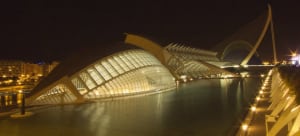
The City of Arts and Sciences is a well-known landmark in Valencia and also one of the best examples of modern European architecture. We will never forget that one night in February we were running around the futuristic complex with our camera and stand.
The City of Arts and Sciences is situated at the end of Túria Park. It’s a unique complex, devoted to science and culture, and made by the famous architect Santiago Calatrava. The construction began in 1996 and it was partially opened two years later: First, visitors were able enjoy the IMAX cinema named L’Hemisferic; the last building, dedicated to music and theatre, El Palau de les Arts Reina Sofia, opened its doors in 2005.
The complex also consists of:
- Principe Felipe Science Museum
- L’Umbracle
- L’Oceanografic
- El Pont de l’Assut d l’Or
- L’Agora
No other tourist attraction is as visited as this one; it’s no surprise that The City of Arts and Sciences is part of the 12 treasures of Spain.
L’Hemisferic
The main building of The City of Arts and Sciences is around 13.000 square metres big, has an IMAX cinema and a planetarium.
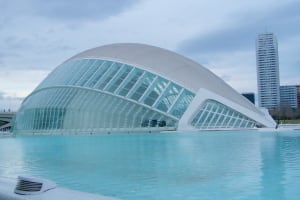
The design resembles an eyelid, that opens to the surrounding pool of water. Speaking of the pool: Its bottom is made from glass, creating the illusion of an eye as an ensemble. In the IMAX, you can watch 45 minutes long documentaries; the programme runs from 11 o’clock in the morning to 6 o’clock in the evening from Mondays to Thursdays. In the weekend, the programme is a bit longer up until 7 or 8 o’clock in the evening. All documentaries are in Spanish but you can get headphones for an English dub at the entrance. The price is 8.80 Euros.
El Museo de las Ciencias Principe Felipe
This interactive museum of science has three floors which resemble the skeleton of a whale. Visitors are invited to touch everything this museum offers — a rule you usually don’t find in any museum. The idea behind it is to teach people how different things work without boring them with too many theoretical details.
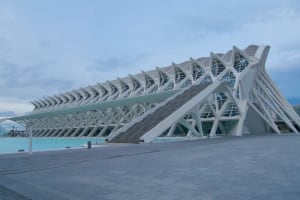
Some expositions about science, the human body, gravitation, space, superheroes are permanent; there are also temporary expositions. Sadly, all expositions are presented in Spanish, therefore you will be do more experimenting than reading. The museum is open from 10 o’clock in the morning to 7 o’clock in the evening. To enter it, you have to pay eight Euros. You will spend around two or three hours to visit all three floors.
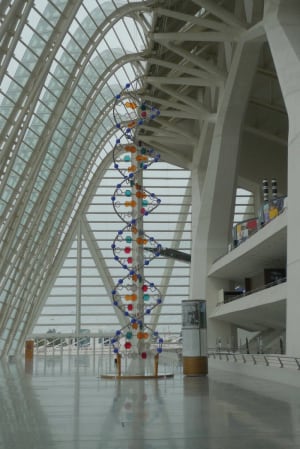
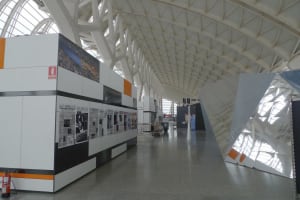
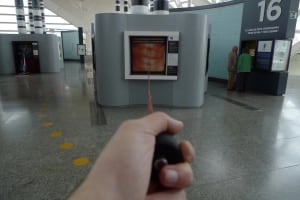
L’Umbracle
This beautiful open structure incorporates plants from around the globe but also sculptures by famous contemporary artists; below is a big parking place in case you arrive by car. Every plant in L’Umbracle has been carefully selected because they change their colour depending on the season.
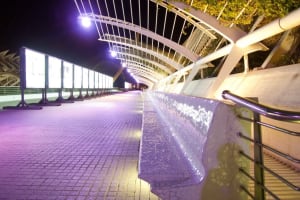
Besides big and small palm-trees, you will find orange trees, bushes from around Valencia, lotus, lavender, rosemary and much more.
L’Oceanografic
L’Oceanografic is Europes biggest oceanographical aquarium. It’s 110.000 square metres big and houses 42 million litres of water. Right away, you will notice its water lily shaped form, which was the brilliant idea of the architect Felix Candela. Opened in 2003, L’Oceanografic is a construction that is part of several buildings and open spaces; every one of them represents an important marine ecosystem, for example, the warm Mediterranean waters or the cold ones in Antarctica.
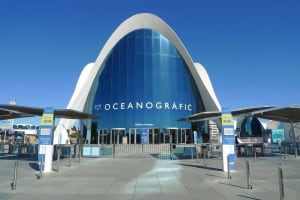
The section dedicated to the seas is one of the biggest of its kind; it shows two different habitats (Bermuda and Canary Islands), both of which are connected through a 30 metre long tunnel, offering a very unique underwater experience.
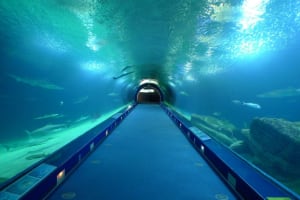
If you want to be entertained, make sure to watch the dolphin show, which airs a few times per day. After a long walk around L’Oceanografic, you will definitely get hungry. Luckily, there is an underwater restaurant where you can enjoy seafood and other delicious things, while you look at thousands of coloured fish swimming around you.
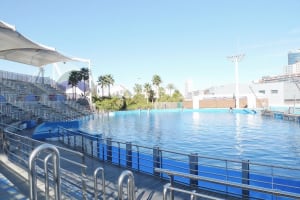
The entrance fee is 29.10 Euros for the oceanographic alone. If you want to visit the entire complex, buy a ticket which combines Hemisferic with the museum and oceanografic for only 37.40 Euros. If you have a tourist card, you get 15 percent off and only pay 32 Euros. The opening hours span from 10 o’clock in the morning to 6 o’clock in the evening from Sundays to Fridays; on Saturday, it’s two hours longer open. Spend around three or four hours here, especially if you want to see the dolphin show.
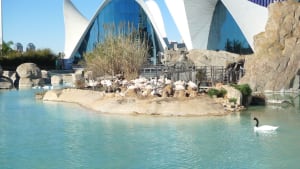
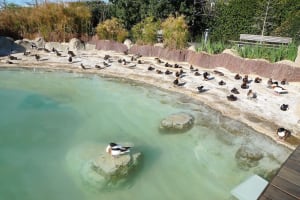
El Palau de les Arts Reina Sofia
Surrounded by a green area, water and alleys, this place is dedicated to music and scenic arts. The Palace of Arts has four main halls, each one serving a different purpose: opera, ballet, musical performances and the theatre of Martín y Soler.
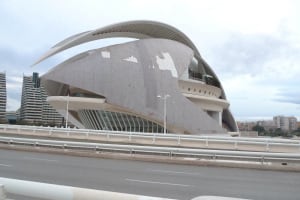
The palace also has installations for didactic purposes for cultural entertainment. When we where in Valencia, we didn’t have time to visit The Palace of Arts but promised ourselves that we would go to the theatre, opera or a concert next time.
El Pont de l’Assut d l’Or
This beautiful white bridge is suspended over Túria Park and helps people and cars cross from one part of the city to another. The bridge was constructed between 2004 and 2008 and opened during a big Formula 1 Grand Prix. It’s really easy to find because it’s right between Ciudad de las Artes y las Ciencias and L’Agora. Of course, the 125 metres high structure, which is the biggest in Valencia, simply cannot be missed.
L’Agora
The last building of this complex, which was opened to the public, is L’Agora. It’s a hall in which different kind of events are being held. From the moment it was designed, the creators made L’Agora a multi-purpose building where concerts, expositions, congresses and even sport events can be held. Every year, Valencia Open 500 is held in L’Agora; in 2010, people watched the Freestyle Burn Spanish Cup. From a design standpoint, L’Agora is magnificent. The metallic structure is 4,811 square metres big and surrounded by two beautiful lakes.
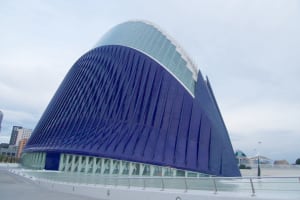
During our stay in Valencia, we visited the entire complex Ciudad de las Artes y las Ciencias (click here to visit the official website of the futuristic complex in Valencia) in two days. In the first day, we went to Hemisferic, the IMAX cinema and the Museum of Science; we also took a lot of pictures and had lunch. We came back the next day early in the morning to visit Oceanografic up until noon.